Welcome, new subscribers! If you enjoy this newsletter, please click on the
icon to like this post. This tiny gesture helps others to find their way here; please click to spread the word.
"Flavors easing into each other,
separation released"
Imagine standing on the edge of a great funnel, peering into the depths, mesmerized by the energetic swirling of the vortex. Feel the experience drawing you in…
Now, imagine that visual as the way the best recipes are created. A composite of ingredients that serve specific purposes in the structure of a dish. Melded together, they transform into something new, often literally a new flavor. That's flavor creation. That's what we teach at TASTE | Pacific Northwest.
Our singular focus is to teach the process of flavor creation. Distilled to its essence:
Taste + Aromatics = Flavor
The TASTE Mini Lab is now the TASTE Flavor Lab.
Each recipe is the product of that flavor creation process. Each sense must be satisfied to ensure the full flavor experience: our sight, hearing, touch, our sense of smell and the taste buds on our tongue.
Each recipe will assist you in learning to trust your senses.
The Great Columbia Plateau
In the Pacific Northwest, three-day spring-summer weekends hold either the impulse to get to the beach, lake, river or mountain - or cozy up with friends, family and food at home. We had one foot in each of those camps last weekend.
On its eastern edge, the lush Colombia Gorge morphs into the Columbia Plain, dramatically redefining the area's landscape, climate, and ecology. The Columbia Gorge and Columbia Plain comprise the vast Columbia Plateau, 63,000 square miles in size touching Washington, Oregon and Idaho.
The Plateau was formed by Columbia River Flood Basalts, massive lava flows between six and 17 million years ago. The flows created a large, slightly depressed lava plain, forcing the Columbia River into its current course. It lies between the Rocky Mountains and the Cascades.
The Columbia Plain is marked, not by the rugged basalt cliffs of the Gorge, but by rolling and arid plains. The climate is defined by low precipitation and strong winds. The entire region features volcanic soils and remnants of the Missoula Floods that carved deep canyons and left behind fertile sediment. Vast grasslands and dry pine forests mark the eastern Gorge.
The advent of the Columbia Plain marks the beginning of Oregon's massive agricultural fields: wheat, vineyards and orchards.
Educational Sipping
One way
and I enjoyed the Columbia Plain was by learning more about the Columbia Gorge AVA (American Viticultural Area), the wine growing region where Maryhill Wineries is located. The 153,000-acre AVA is influenced in the Gorge by cool, maritime conditions, and in warm, continental conditions in the west as it transitions into the Plain.We’re wine enthusiasts. We were eager to understand how the dramatic change in soil and temperature influenced wine varietals in the region. It's a region that produces wines with both high acidity and structure: Cabernet Sauvignon, Syrah, Tempranillo, Pinot Noir, Zinfandel and Chardonnay.
Architecture, Art and Whimsy
Among the wine grape fields and pristine plateaus arose a destination seemingly anathema to its environment: Maryhill Museum of Art. The home, perched on a bluff overlooking the Columbia, is known as Maryhill Mansion, a remarkable example of Beaux-Arts architecture. Built in 1914 and designed by architects Hornblower & Marshall who also designed the National Museum of Natural History, the structure is made of steel-reinforced concrete with recessed windows, a feature of the design firm.
Entrepreneur and railroad exec Samuel Hill commissioned the home as his private residence. Construction was halted with the advent of World War I; the home was, instead, dedicated as a museum in 1926 by Queen Marie of Romania, and opened to the public in 1940. Samuel Hill also built a Stonehenge replica in Maryhill, Washington.
Throughout the museum are rooms of Auguste Rodin sculpture and watercolors, an extensive collection of Native American Art, more than 300 chess sets from around the world, royal memorabilia of the Queen, and European and American paintings.
TASTE | Pacific Northwest Introduces: "Crumbs"
When I taste something memorable, I always want the crumbs… the last taste, extending the final experience. Those "crumbs" translate outside the direct experience of eating to other things we love. Little bits of wonderful.
Might be a book recommendation or a food, a film, a quick technique… a "crumb."
We're deeply sensitive to the demands of our current environment. It feels as though something is always being asked of us. "Crumbs" have no obligation; no request will be made that you take action. "Crumbs" are little gifts.
I might drop a quick note saying, "I'm finding it hard to go about business as usual, but I stumbled upon a small book that I think could be a great model for a TASTE Accoutrements book. "The Little Local Portland Cookbook." Small in size. Exclusively local. Densely packed with the authenticity of the food writer. It inspired me."
Watch for “Crumbs” going forward.
Celebrating the Flavors of the 2025 Summer Solstice
A considerable array of flavor affinities for strawberries: almond, amaretto, apricots, bananas, berries, biscuits, blackberries, blueberries, brandy, caramel, cardamom, Champagne, cheese (ricotta), chocolate, cinnamon, cloves, cognac, coriander, cream, creme fraiche, custard, elderflower syrup, ginger, grapes, grappa, hazelnuts, honey, Kirsch, lemon, lemon verbena, lime, liqueurs, maple syrup, mascarpone, melon, nutmeg, orange, papaya, peaches, pepper (black), pineapple, pine nuts, pistachios, plums, port, raspberries, rhubarb, sherry, sour cream, sugar (brown, white), vanilla, vinegar (aged balsamic), wine (red, rose, sweet white)
Headnotes
TASTE | Pacific Northwest’s first Substack post one year ago honored the remarkable Oregon strawberry. The story of the wild strawberries indigenous to Washington and Oregon - and how breeders placed that luscious wild strawberry essence back in the fruit we love today - can be found here.
The simple strawberry-balsamic reduction in our Solstice Strawberry Pie can be found here, and our foundational Enriched Pie Crust is here. Downloadable PDFs attached.
Celebrate the June 20 solstice with savory, silky, saporous Solstice Strawberry Pie.
Paid-Subscriber Benefits Increase
A chef constantly fine-tunes her best dishes to more deeply satisfy the drive humans have for pleasure. That involves an understanding of how the ingredients used in the dish perform.
A food writer constantly clarifies her thinking about how to help readers sink more fully into the glorious experience of eating and cooking.
Being a chef and food writer is my job.
I don’t write for an algorithm; I’ve chosen to be part of the Substack community where relationships are built, where authenticity is rewarded, and where community matters.
TASTE | Pacific Northwest will begin using a paywall on paid subscriber posts on June 20. Between now and then, we’re offering a 50% discount for 1 year, paid annually - that’s $25 for an entire year, grandfathered in forever. If you’ve been meaning to upgrade to a paid subscription, now is the time!
Paid subscribers make this work possible and receive special tools and resources as a thank-you. Upgrade if you’re able. Or consider buying me a slice of pie or making a donation on Ko-fi.com.
Special TASTE Solstice Offer
You can also choose to forward this offer to others who might benefit. Here is a shareable link for 50% off. Use it yourself, or forward it to others: https://lnaylor.substack.com/f7e664c2
📌 If you enjoyed this piece, consider tapping the 🤍 . It helps more people find their way here by telling the algorithm this work matters.

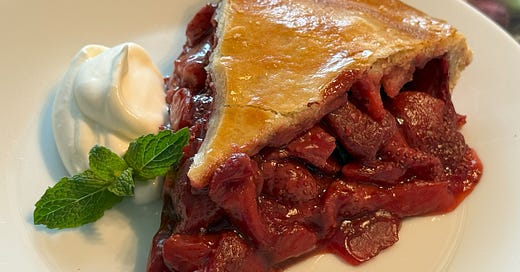




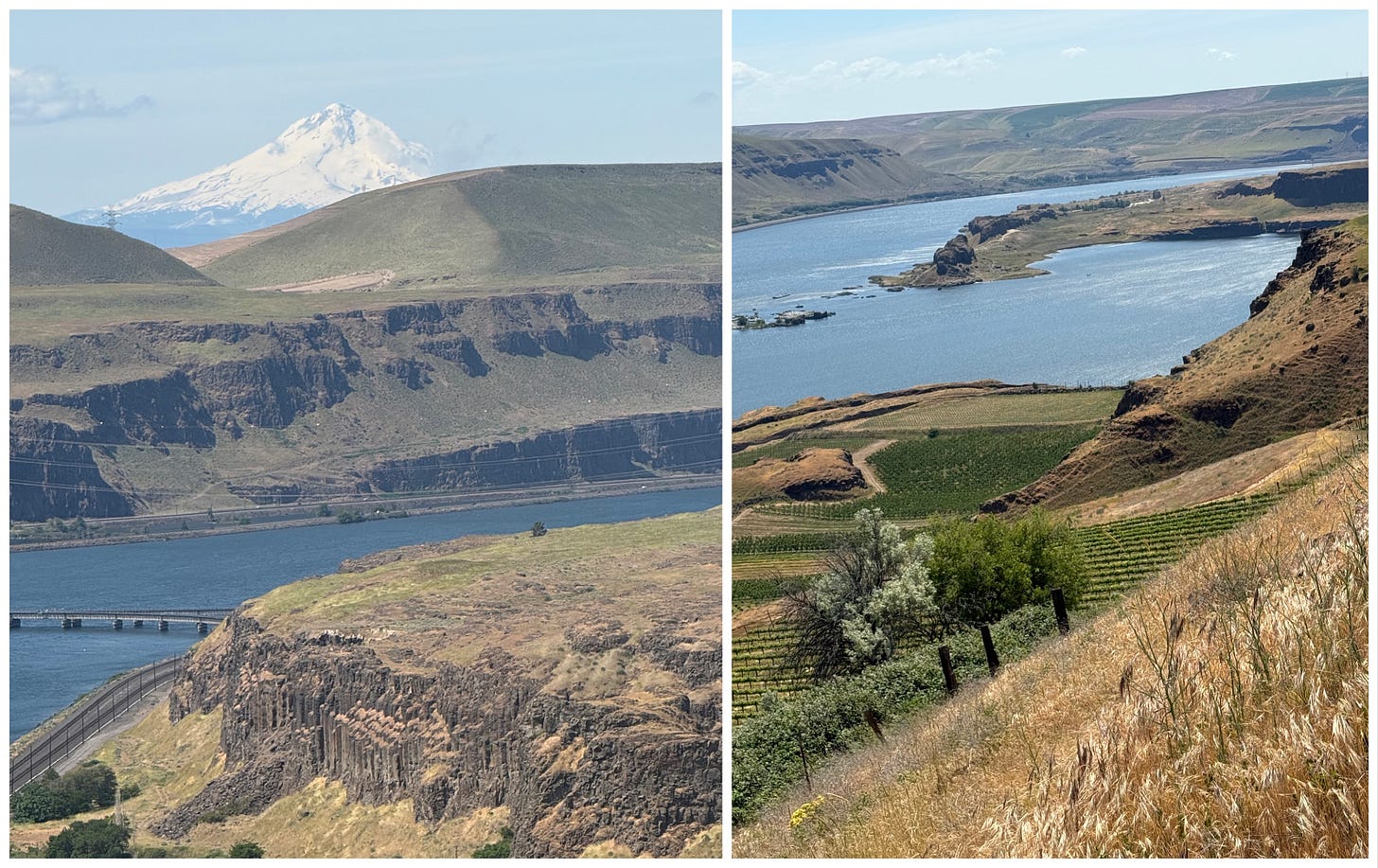
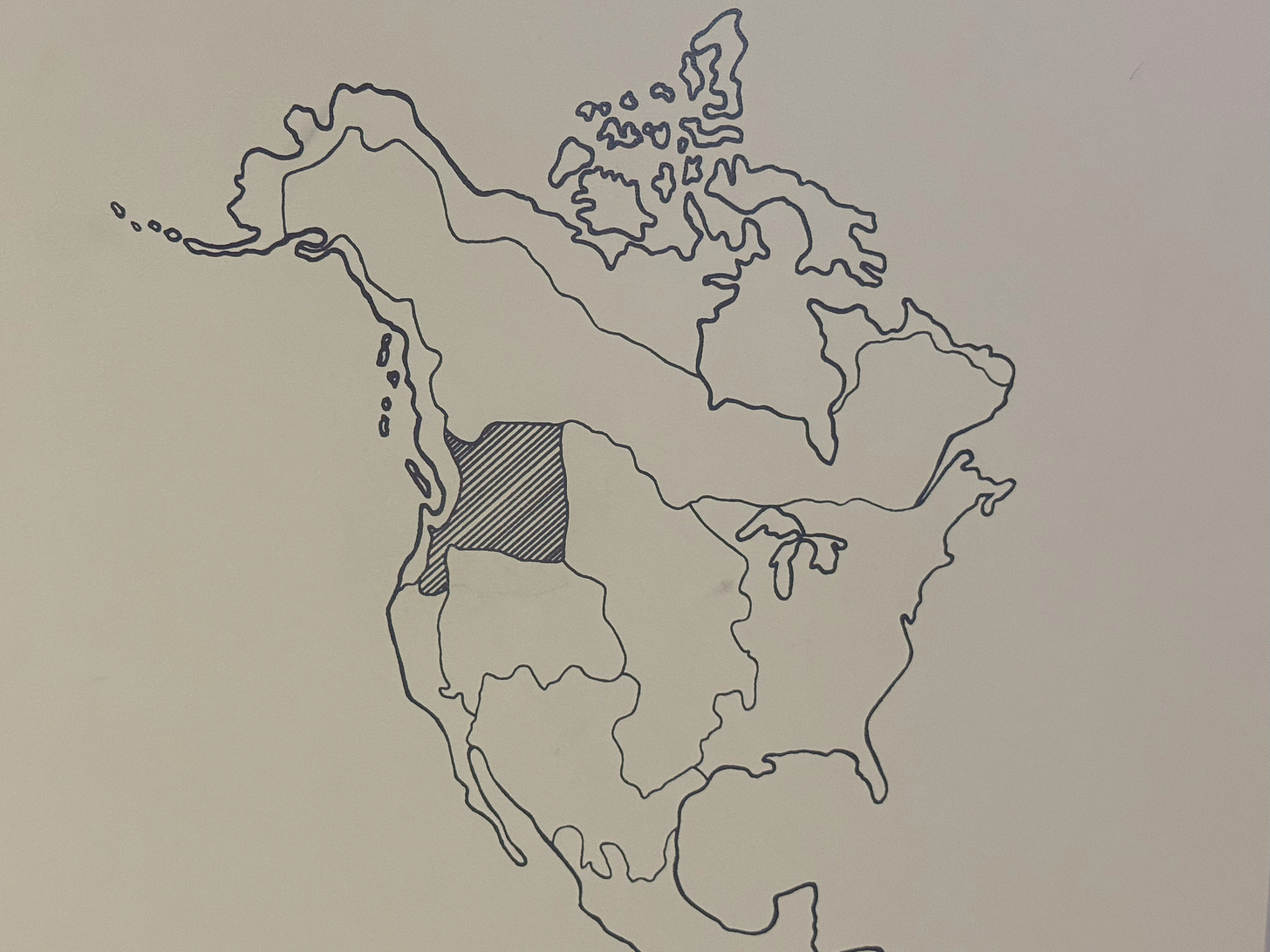
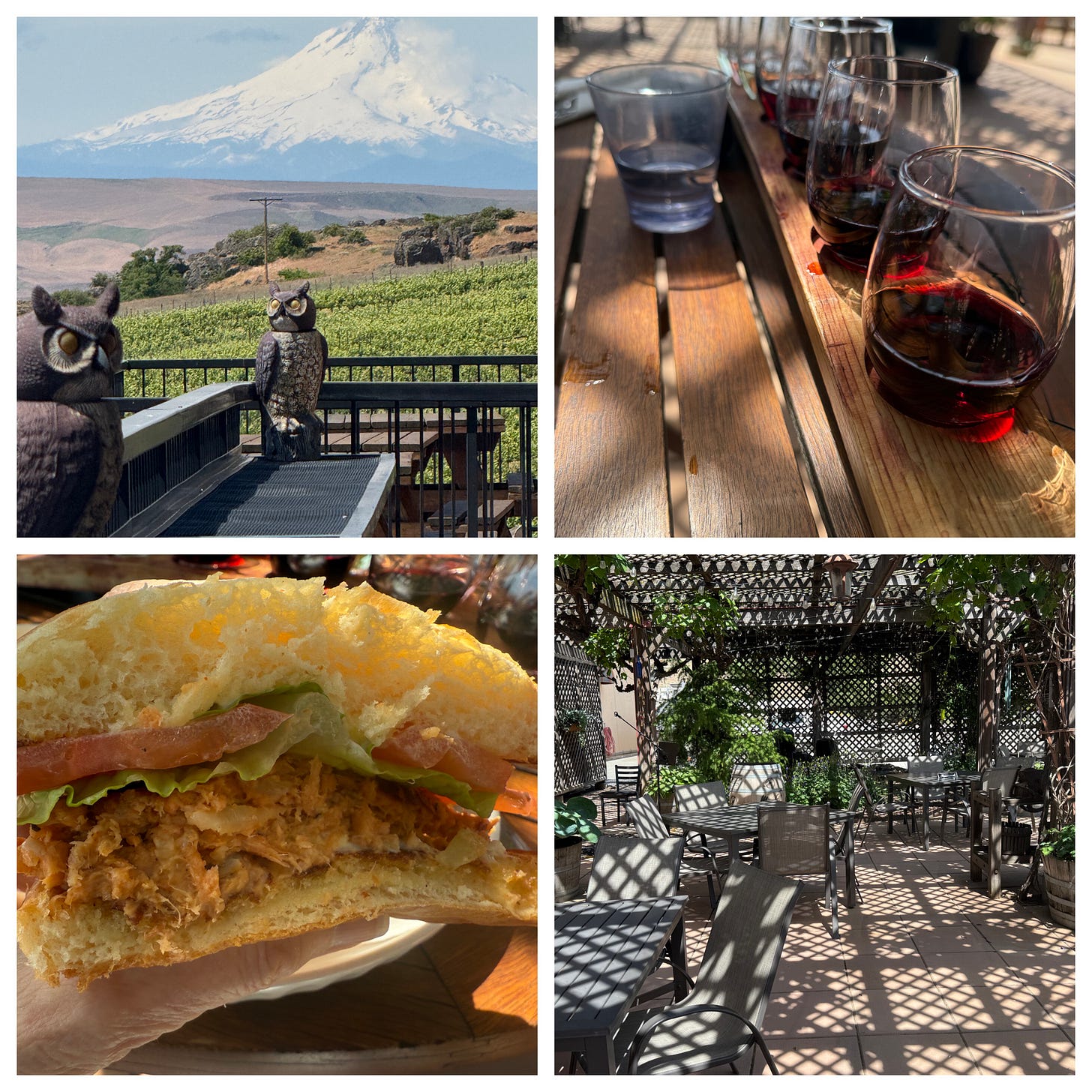
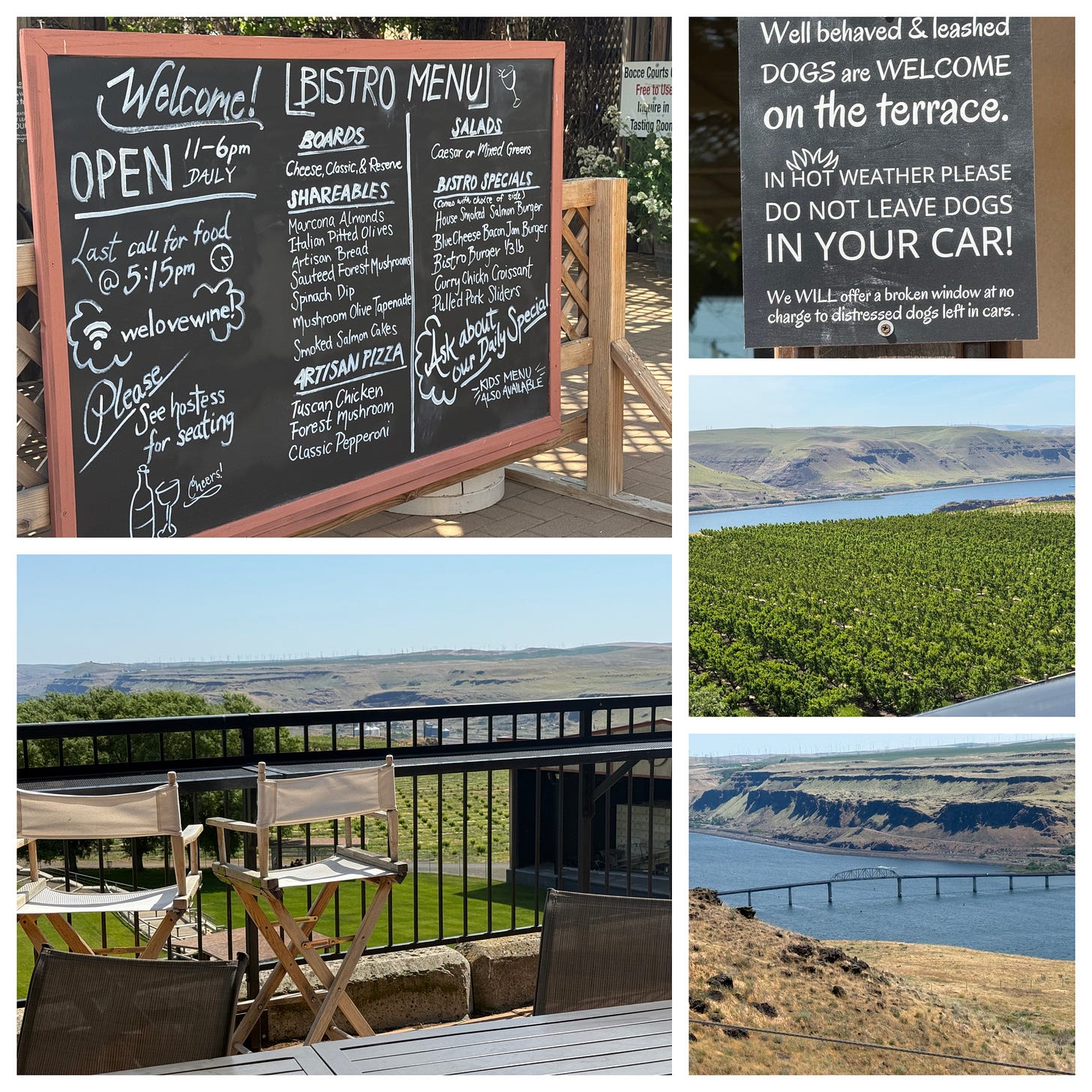
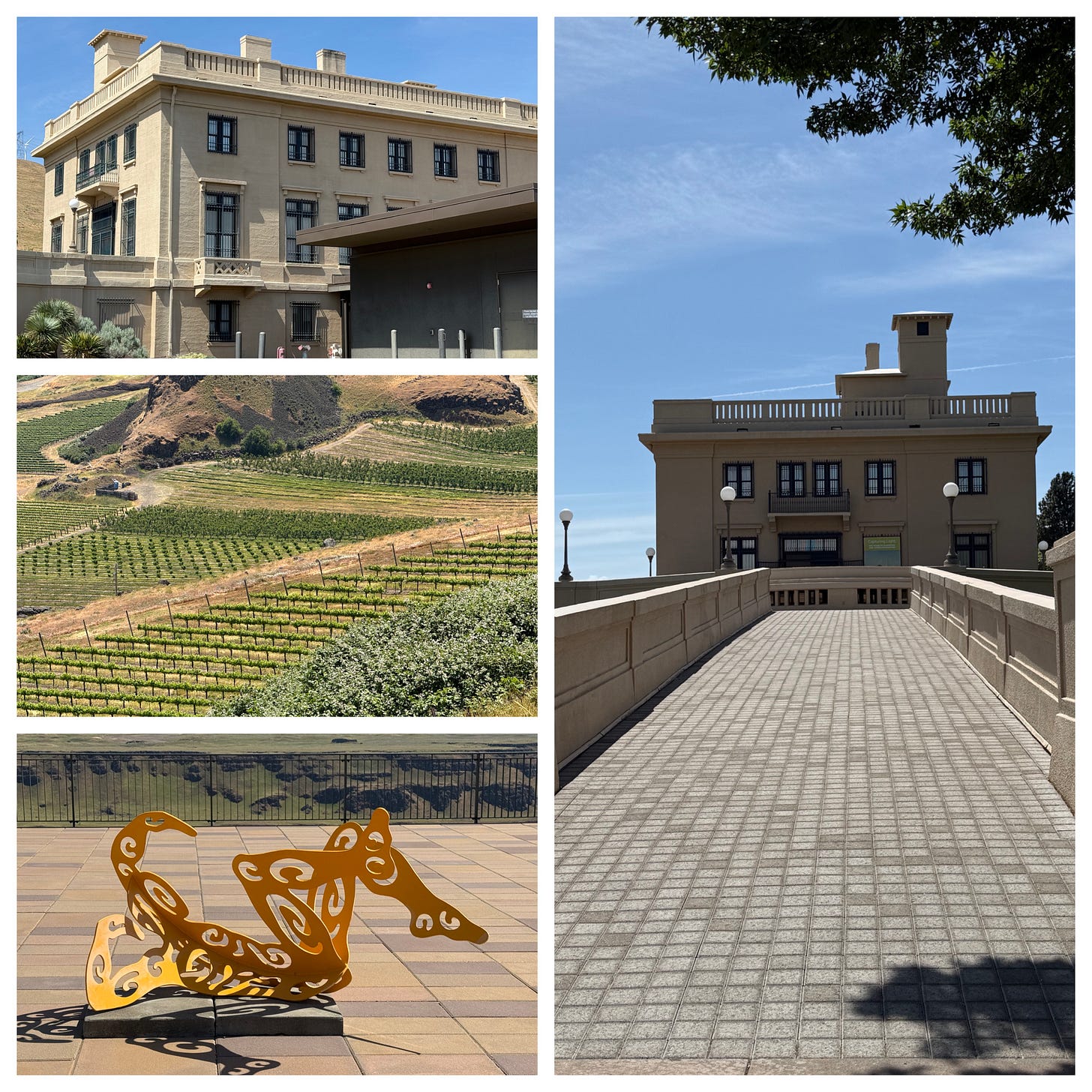
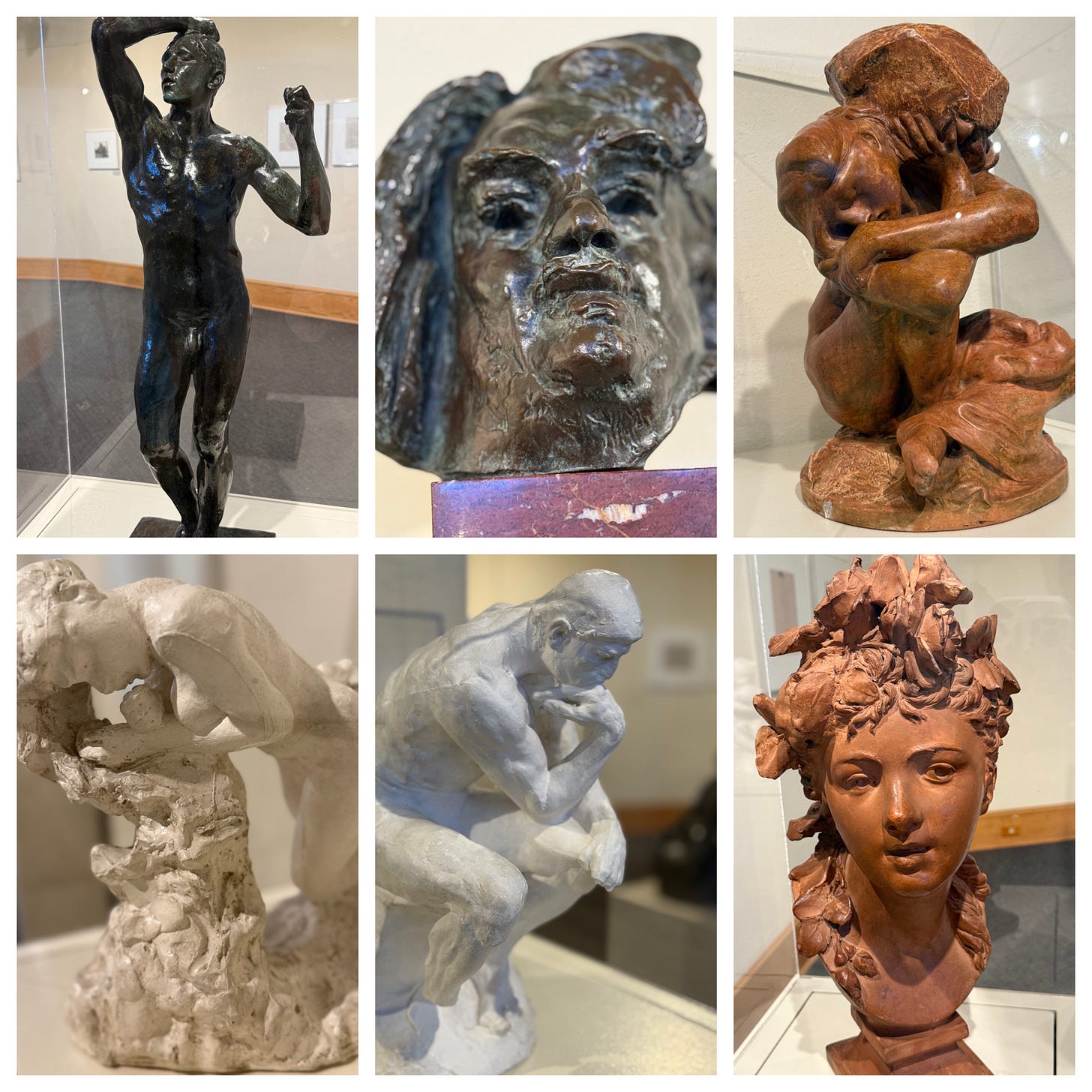




This looks so good! I love learning about the PNW.
Looks delicious!! Can’t wait to give it a try :) 🍓